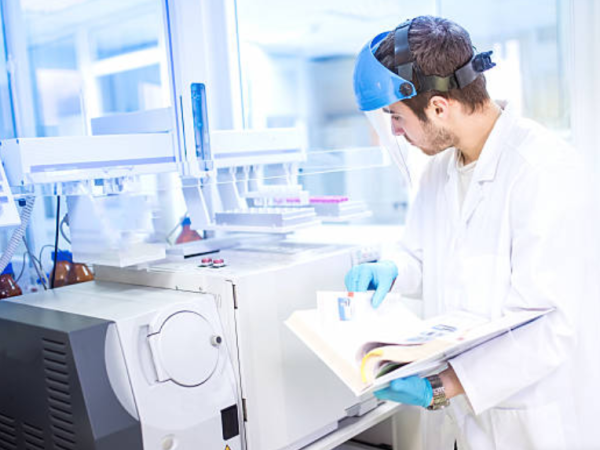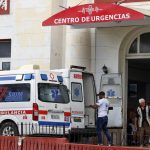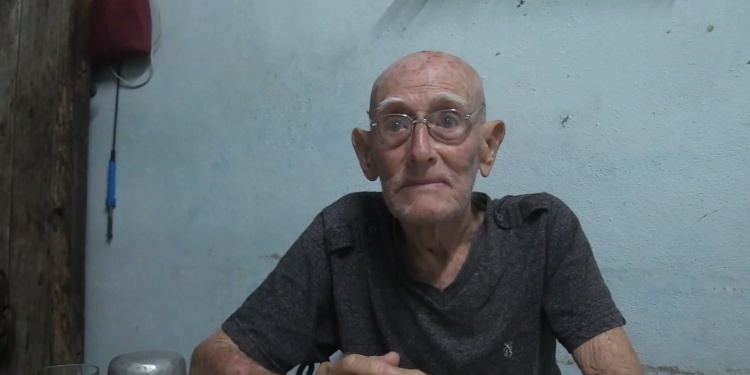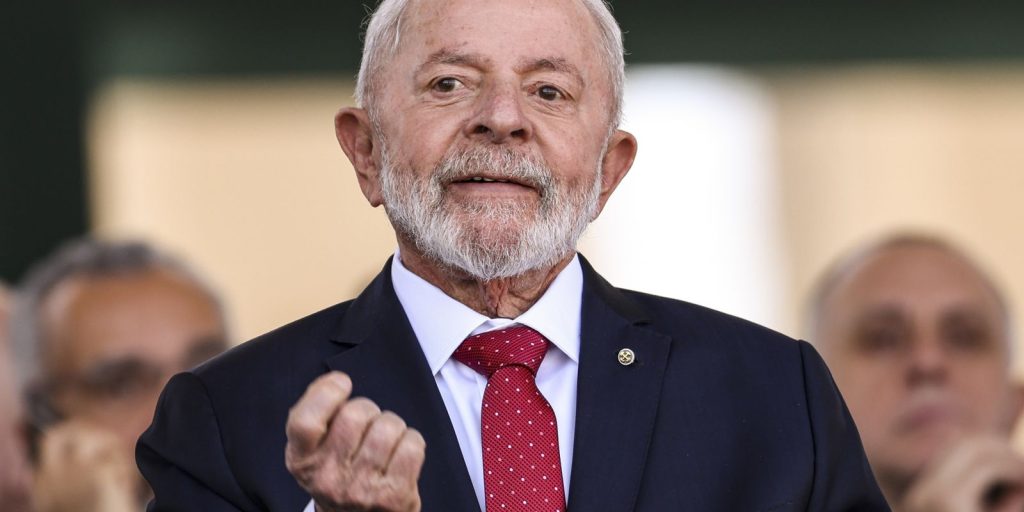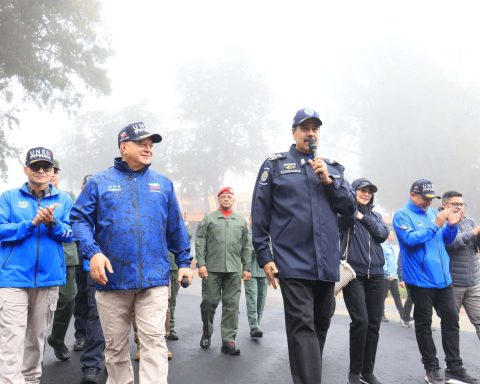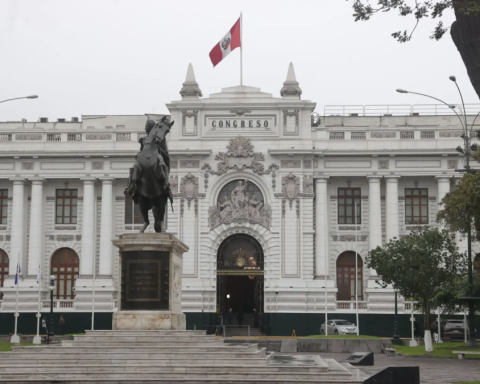The implementation and development of nuclear medicine technology is at a time when support becomes a priority. This sector of health, which is considered high cost, suggests more accurate dynamics in Colombia to provide quality care for the three diseases they address: cardiovascular, neurological and cancer.
(See: Longevity Test: If You Can Do This For 30 Seconds, It’s A Sign You’re Healthy)
Amelia de los Reyes, president of the Colombian Association of Nuclear Mediciner, said that a nuclear agency is needed to sustain this sector. He clarified that the legislation is safe, but that today both the equipment and the raw materials to carry out this practice are imported.
How do they work?
We are a medical specialty that is focused on patient care and we are designed to measure organ function. We use doses called tracers or radiopharmaceuticals that show us where health or disease is.
We use minimal doses of radiation to make measurements with high-tech detector equipment. We perform gammagraphy or tomogammagraphy, positron emission tomography and therapies called radiopharmaceuticals or metabolic radiotherapy. There is now a unique platform where everything that is being invented to detect diseases is called biomarkers.
We have managed to characterize diseases with a small dose of radiation, mark that biomolecule and treat it with another dose of radiation, with this level of perfection. This is called theranostics.
(Read: mpox virus: Colombia is one of the 5 countries with the most positive cases)
How do you see the market?
Almost the entire industry is turning to radiopharmaceuticals and we are becoming a hope for the treatment of many chronic diseases that are growing. Latin America represents only 1% of the market for all radioactive medicines in the world and in Colombia we are not far behind because we have worked hard.
Amelia de los Reyes, president of the Colombian Association of Nuclear Medicine
Courtesy
What do they need?
In order to work, we need to have nuclear medicine services, which in Colombia are considered nuclear facilities. We have to obtain a series of permits, including one from the Colombian Geological Service that allows us to work with radioactive materials.
We need to ask Invima for permission to handle radioactive materials and then we need to ask for the permissions required for health institutions, such as authorization, for example, for oncology, which are the normal processes that a hospital follows. We are very protected and very regulated.
(Read more: 7 signs that your lungs are failing without you realizing it)
What are your concerns regarding regulation?
The legislation is perfect because it is aimed at security, but since we do not have a nuclear law and a nuclear agency, we have to resort to different government offices that do not communicate with each other, because they are disjointed.
I proposed that there be an intergovernmental office where everything related to us would be connected. For example, the Dian does not know what is happening with the Geological Survey, the Geological Survey does not know what is happening with the Mines Survey, the Mines Survey does not know what is happening with the Health Survey, etc. Right now we are the ones who are suffering the full blow of the disarticulation.

Nuclear medicine
iStock
Is this an expensive type of medicine?
Yes, we are high-cost. Cardiovascular, neurological and cancer diseases, which are the ones we diagnose and treat, are considered high-cost.
(Read also: Harvard Answers Whether It’s Healthy (or Not) to Cook With Your Air Fryer)
What technologies do they implement?
We need a device called positron emission tomography. These detect radiation and have crystals made of superconductors that are capable of detecting the disintegration that we produce with radiopharmaceuticals that have almost the speed of light. They cost between US$1 million and US$2 million. They can perform a study of the entire body in approximately 10 minutes. Currently, there are between 27 and 30 in the country and others are in the process of being installed.
Where are the PET scans?
Most of them are in Bogotá, Barranquilla, Medellín and Cali. There are other projects that I would like to highlight because they are pioneering. There is one in Pasto, Montería and Valledupar, which support the region.
(See: How do I measure my body mass index and what is it used for?)

Nuclear medicine
iStock
Do these types of equipment matter?
This is another challenge, because all the radionuclides and raw materials we use to make radiopharmaceuticals are imported and paid for in dollars. Also, the high-tech devices we use to measure radiation are imported, coming from the United States and Europe.
(Read also: Experts explain the effect that energy drinks have on weight loss)
Are the investments your own or from the State?
At the National Cancer Institute, I directed a project that received US$500,000 in aid from the Atomic Energy Agency and was supplemented with US$15 million from the State. It is a project that can meet many needs, especially in Bogotá, and is designed so that all the people of Colombia can go and see all the applications of nuclear medicine.
The rest are private, mostly hospitals. For example, the Medellín cyclotron is part of several hospitals in Medellín and Cali. Also, clinics provide their nuclear medicine services to treat patients.
(See more: This is how the Japanese method for losing weight by drinking water works)
How many nuclear medicine service units are there in Colombia?
In Colombia we have 86, which are located in 60% of the territory, all in capital cities. They have the technology that we have had for 30 years in Colombia, which are double-head gamma cameras. They are used to solve general nuclear medicine problems.

Nuclear medicine
iStock
Have you had any discussions with the Government?
They are helping us with an initiative called the Nuclear Law, a goal that many senators are trying to implement. We have spoken with the Dian and the Colombian Geological Service. We have not been able to get in touch with Invima, but now that they have a director, it would be the right time.
(Read: CWith this formula you can find your ideal weight: for men and women)
Does the discussion about the reform affect you in any way?
This panorama of uncertainty is discouraging investors, as their portfolios are very long. If I cannot pay my suppliers, I will have more and more problems paying my team’s fees and being able to provide patient care, all of which is linked together.
What other challenges do you see?
At this moment we have a new law that says that we have to sit down and implement everything related to radiopharmaceuticals and radiopharmaceutical research. We lack a lot of education because we are not only nuclear doctors, but also nuclear medicine technologists, pharmaceutical chemists specialized in nuclear pharmacy and neither of these two have formal education in Colombia. We are a very large multidisciplinary group that works to advance this specialty.
Nuclear medicine is growing worldwide and the market for radiopharmaceuticals is huge, and we have to organize our house so that we are not caught off guard. There are more and more chronic diseases, and development in research, it is something that is linked.
(See: These are the effects that drinking soda has on your body, you will be surprised)
